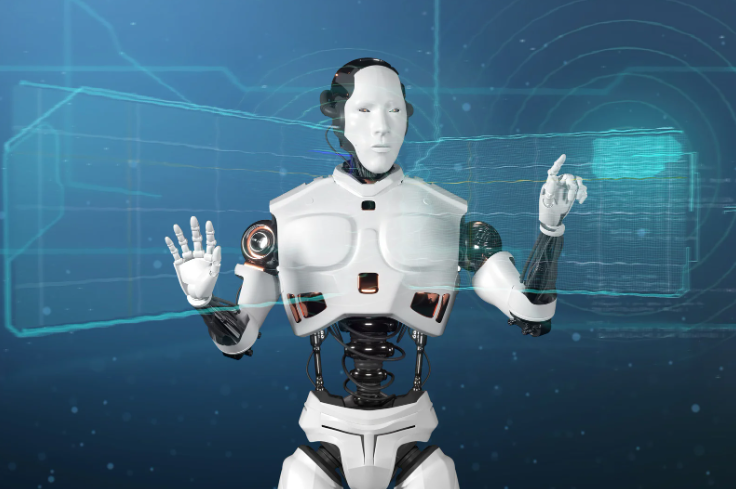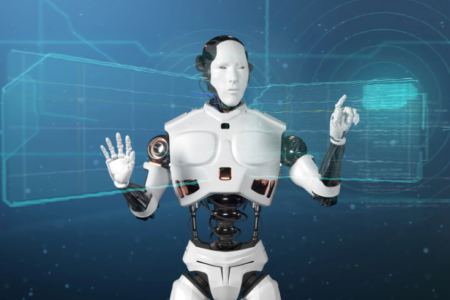This report looks at the robotics industry worldwide. As a science, robotics involves the design, construction, operation, and use of machines that can perform a series of complicated tasks automatically. Robotics is an emerging industry that intersects a range of traditional industries, from industrial manufacturing, consumer goods, aviation, transportation and healthcare, although robotics can be applied to virtually all existing industries. The report talks about the overall market size, expected growth rates as well current trends driving the growth in the industry.
Global Robotics Industry Report – Market Size, Growth & Trends
$495.00
- Publish Date: June 2024
- Number of Report Pages: 28
- Request A Free sample
Report Summary
The first industrial robot was introduced by General Motors in 1961. Since then, robots have been adopted in a wide range of sectors, particularly in the manufacturing sectors for tasks such as welding, painting, sorting among a few. However, human labour still dominates the floor in much of the manufacturing sector. It is still less expensive to use labour than to deploy and maintain robotic systems. But this is about to change, and we may witness a robotic revolution in the coming decades.
The cost of robotic solutions is likely to drop over time owing to improving technology. For many industries, adopting robots as a core part of their process is becoming a reality as lower costs make returns on investment more attractive. The growth of the global installed base of robots is likely to accelerate going forward and so is the adoption by industries.
The growth in robotic automation adoption should also be supported by the three key factors: 1) technology, 2) demographics and 3) China.
Technology: Technological progress is probably the single most critical key driver of robotics adoption. With rapid improvement in technology, the cost of robots has been declining while the functionality has been improving by leaps and bounds. These twin factors have made it more feasible for firms both economically and functionally to use more robots.
Demographics: As populations continue to age in many markets, there could be fewer and fewer people available for jobs. With fewer workers around, there will be a growing need for deploying robotic automation solutions as they offer one obvious way of addressing this problem.
China: China has been experiencing strong wage inflation for some time and has made rapid progress from a developing nation to a developed economy. The rising cost of labour has to an extent put pressure on China’s long held low-cost manufacturing advantage. An ideal way to address this problem will be increasing adoption of robotic automation. Indeed, significant steps have already been taken and China is set to become one of the largest consumers of robots worldwide.
The Chinese government has been actively investing in promoting robotics, an important part of government’s “Made in China 2025” vision document. By 2025, China anticipates that ~70% of the robots used in China would be made in the country, from half in 2020. The local state government in China are offering subsidies to the local manufacturers to help them automate.
The tariff announcement by the US on Chinese goods including industrial robots is having an impact on China’s industrial robot industry. Though, the majority of companies are focused on growing domestically given huge demand in China with only few exporting to the US, there could be further repercussions going forward if the trade war continues.
Companies around the globe are reassessing their global supply chain business models to better adopt to the world post the pandemic. This will likely accelerate the introduction of robots as the coronavirus has exposed the limitations of human labour workforce.
In Japan, the production of industrial robots grew during the pandemic. In the Eurozone, the production of industrial robots has outperformed many other sectors. The pandemic was a real boost for digital factory technologies. Amid a situation in which industries are operating with limited workforce (due to layoffs and job losses), robots can be of great help to enable businesses to sustain their production levels with lower human involvement and minimum risk and exposure of workers to coronavirus. Besides industrial robots, the personal service robots are playing a major role in ensuring seamless delivery of essentials and other services.
Table of Contents
1. INDUSTRY OVERVIEW
2. Global Robotics Market
- Industrial Robots
- China’s industrial robot market
- APAC regional outlook
- AI-powered industrial robots
- Cloud Robotics
- VC Funding
3. Service Robots
- Personal service robots
- Professional service robot
4. Challenges
5. LEADING COMPANIES
6. KEY REFERENCES



